The standard squat has been modified in so many ways that you can utilize it to target your legs. The pistol squat is a single-leg variation of the squat, and it is referred to as one of the most demanding variations. The pistol squat is an exercise where you would need to hold your non-standing leg straight and parallel to the ground. The pistol squat proves the fact that there is no pain without gain. You would start enjoying the fantastic benefits of this exercise when you can get your hamstring to rest in your calf and straighten your other leg at your front. The pistol squat is one that tests the strength of your core, in addition to the stabilizing muscles in your whole leg from the glutes to the ankles.
How to perform the pistol squat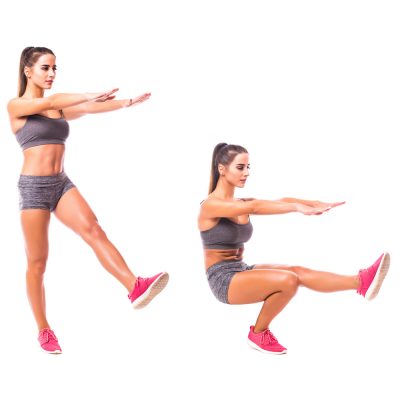
These are the steps to perform the pistol squat with the correct form and avoid mistakes in addition to gaining maximum benefits;
- Get into the starting position by standing tall and keep your feet parallel but together.
- Keeping your heel on the floor, extend one leg at your front as straight as you can. Then, lift and extend your arms at your front.
- Keep your spine straight and brace your core, then start lowering your body by bending your standing leg. Ensure that the foot of your standing leg is kept flat on the ground.
- Keep bending through your standing knee as much as you can as you aim to make your extended leg parallel to the ground.
- Revert to the initial position by straightening your standing leg, while ensuring that your extended leg is kept straight.
- Switch between both legs and repeat the movement.
Benefits of pistol squats
This move has a lot of excellent benefits to offer, and if you can really take out time to master it, you will reap the full rewards. These are the benefits of the pistol squats;
Better balance and body awareness
A major reason why the pistol squat is utilized by a lot of people is because of the fact that it can provide you with better body awareness and balance. You get the biggest rewards from the hardest of moves. This exercise is one that trains your body to balance in a way that is similar to the hard-core exercises that are mostly performed in martial arts. Rooting is referred to as the way the tree is rooted to the ground. You will notice enhancements in your day to day activities, like standing on one leg while tying your shoe lack and not needing to hold a platform for balance. In addition to that, you will also notice a significant enhancement in your coordination and balance if you are an avid sportsperson.
Strengthens your core for rock hard abs
Your legs feel the burn from performing pistol squats so much that you don’t know that they are useful when it comes to the development of your core muscles and strength. As hard as it might be to believe, the benefits of the pistol squats actually extend to providing you with well-sculpted and chiseled abs. To keep your balance, the pistol squads require that you have posture alignment and heavy core support. What this does is that it strengthens and tones your midsection in addition to boosting the strength of your legs. When you have a stronger core, you will be able to perform better in most sporting activities like cross-training exercises.
Beneficial Muscular Conditioning
Another major reason why the pistol squat is loved by many exercisers is because of its muscular conditioning benefit. The pistol squat, just like other one-legged squats, is an exercise that provides adequate preparation for your body to meet up to the requirements of athletic performance. Some of the sporting movements that can benefit from the pre-muscular conditioning provided by the pistol squats include track and field activity, plyometrics, running, and sprinting. The pistol squat aids in the development of the coordination, endurance, and flexibility of muscles in your leg. All the muscles in your leg that are targeted by the pistol squat include the calves, gluteus maximus, quadriceps, hamstrings, and the hips. In addition to that, the assistance muscles (the biceps as well as the upper and lower abdominis) are also engaged when performing the pistol squat.
Both legs move equal loads
It is essential to note that the pistol squat is popular because of its ability to isolate and work muscles. The pistol squat is a unilateral exercise, which means it involves the movement of one limb. And as such, it makes sure that the weight of your body weight is shifted by each side of your body. When you execute a squat, which is a bilateral movement, the dominant limb could take on the bodyweight, which would lead to overcompensation with one side.
The pistol squat is a unilateral movement that allows you to develop equal symmetry, balance, and strength all through your two legs by working each leg individually. The pistol squat forces the movement from your weaker leg if you have been overcompensating on one of your legs. This ensures that those imbalances are abolished as you boost your strength. You can use the pistol squat to complement the main lifts in each of your sessions since it works each leg individually.
Correct muscular imbalances
The control, balance, and strength you get from the pistol squat is one reason why you should be determined to practice and master the movement. If you are among those that have office jobs where you would have to sit at a desk for a prolonged period, then you will surely have a muscle imbalance, particularly in your hips. Muscle balances are also created from bad posture and repetitive strain injury from most day to day activities. The reason why the pistol squat is so effective when it comes to correcting muscular imbalances is that it enhances and develops your hip control, particularly the deep hip external rotators. If you execute this move regularly, you will notice enormous development in your balance. While it might seem a little tough at the start, the movement will keep improving as you strengthen your lower body.
Common mistakes when performing the pistol squats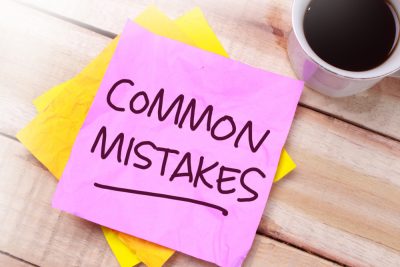
These are the common mistakes people make when performing the pistol squat that could lead to inefficiency of the workout.
Bouncing
Initiating the upward ascent from the bottom of the move is one of the most challenging parts of this exercise. You will not need a lot of strength to come up if you bounce out of the bottom position. It is true that you would be able to complete more reps when you bounce out of the bottom of the move, but you will find out that it is not as challenging or fulfilling as when you work on this problem.
Insufficient full-body tension
While your legs are targeted the most with the pistol squat, it is still a full-body exercise, and you should not shy away from that part of it. When you get used to the movement, you will find out how to use sufficient body tension to execute a rep without having to deplete yourself too fast. Although, you should focus bracing your abs in the beginning as hard as possible, particularly when you get to the bottom of the move.
Airborne leg bending
It can be a bit misleading to fully focus on the fact that the pistol squat is one-legged. While it is a one-legged squat, you will still need your other leg to work hard to perfect the pistol squat. If you are new to performing the pistol squat, you will realize that your non-squatting leg has to work hard to avoid touching the floor and also stay straight. If you find this move challenging, you can try to hold onto the toes of your airborne leg to help keep your leg extended.
Sitting too far back
The pistol squat is an exercise that should consist of purely up and down movement. For this to be achieved, you have to move your hips back a bit initially, then bring them forward again as you get lower down. When you get to the bottom position, you have to press your hamstrings into your calf. The mistake of sitting too far back has become very common and would make it harder for you to balance yourself and would make you round your back.
Heel coming up
The main factor of this mistake is ankle flexibility. Ensure that your calves are stretched if you are finding it challenging to get to the bottom of the exercise without your heel coming off the ground. There are cases where the problem is because of a lack of strength in your abs, glutes, and legs. You can choose to elevate your heel on a platform that is higher than the toes. With this, you would be able to push through your hips to aid in the recruitment of your hamstrings and glutes without the need to flex your ankle too far.

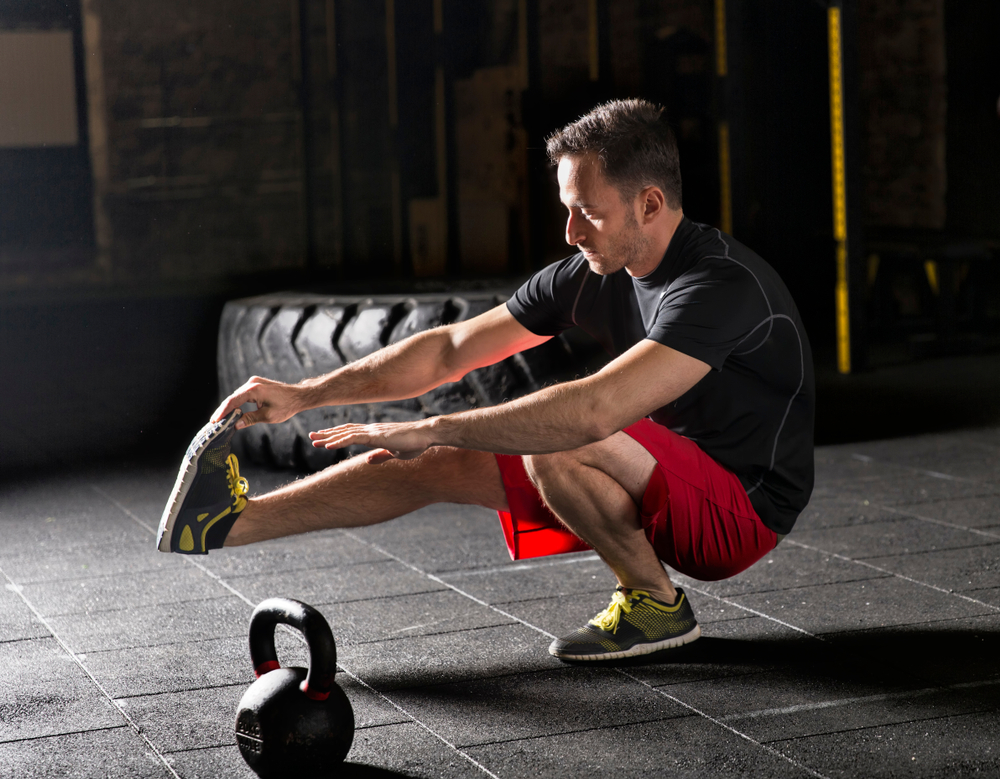

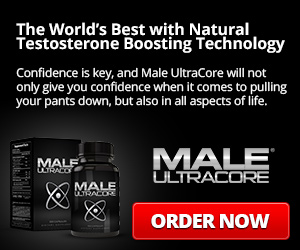

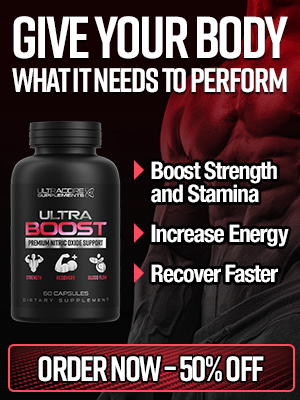


COMMENTS